By Damien Cook and Elaine Bayes, Wetland Revival Trust, April 2023
It’s a sign that anything is possible when you see a bird species that was locally extinct flocking in great numbers at your local wetland. In a time of doom and gloom about Australia’s great contribution to species loss, the large and magnificent Magpie Goose is flourishing for the first time in 120 years in many wetlands throughout northern Victoria and in other parts of the state.
Wetland Revival Trust is particularly excited as large numbers are not only thriving at two of the swamps they have been involved in restoring; McDonalds Swamp and Wirra-lo Wetland, but they are breeding there! A tick of approval from the birds for these ecological restoration efforts.
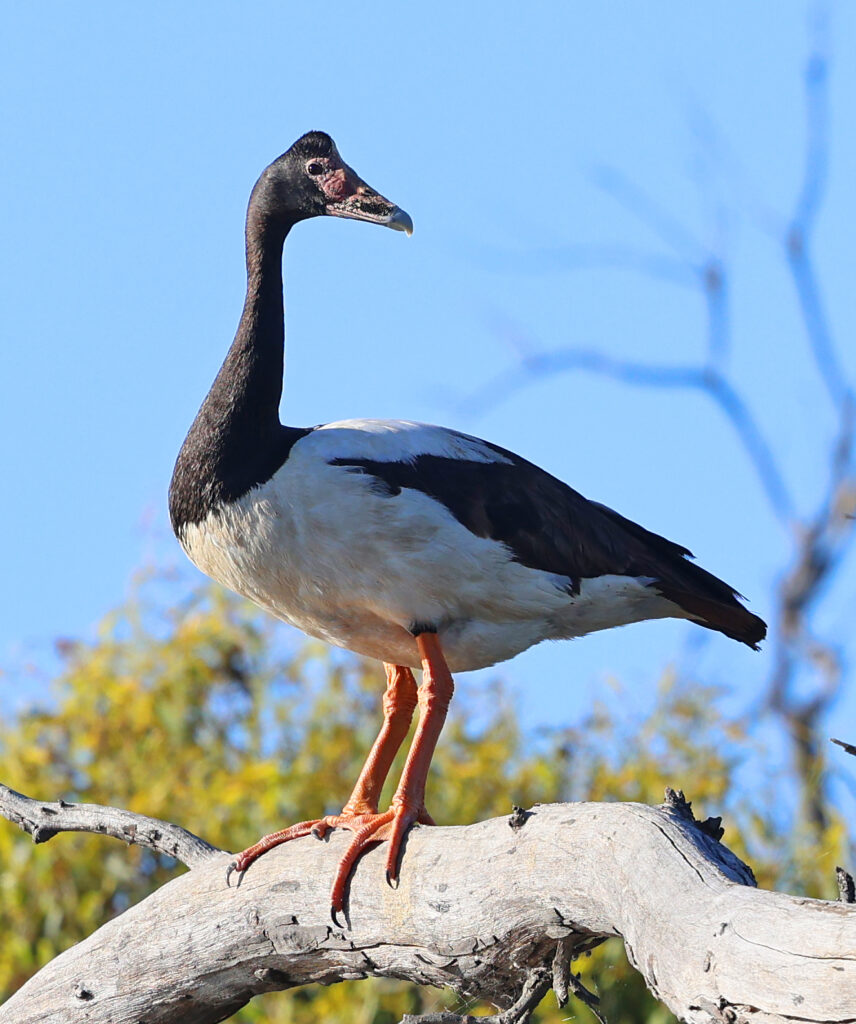
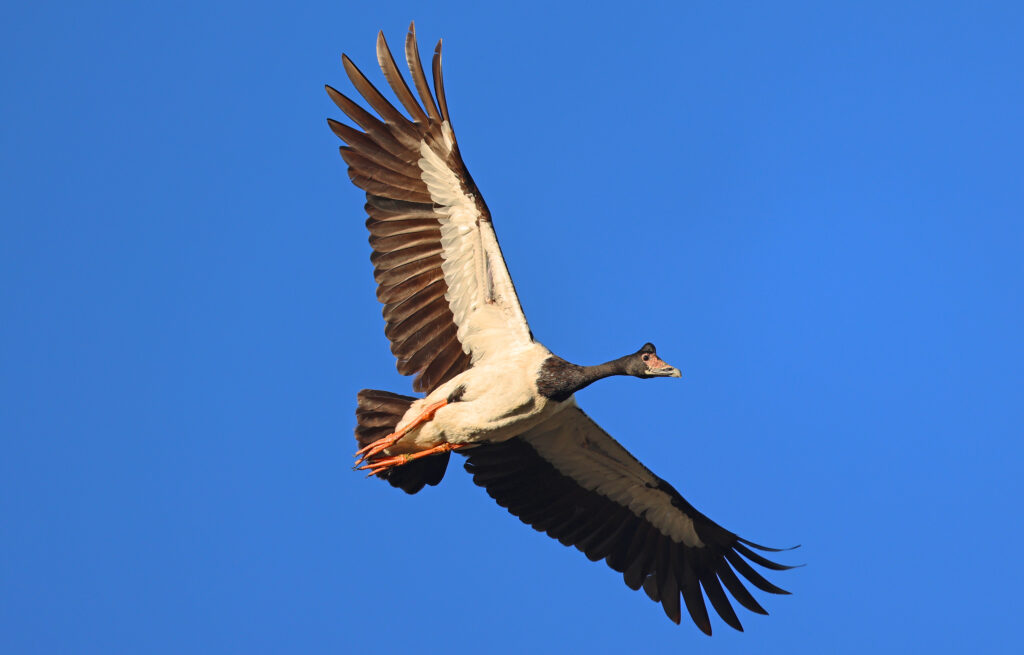
Photographs 1 and 2 The Magpie Goose (Anseranus semipalmata) is a large, unmistakable bird with black and white plumage and slightly webbed feet. It is the sole living representative species of the family Anseranatidae. These birds were photographed at Wirra-lo Wetlands in December 2022.
When Europeans first arrived in Victoria the Magpie Goose
was common in wetlands throughout the state and was popular as a source of meat
for both First Nations peoples and the new arrivals; it was sold as wild game
at the South Melbourne Market for 12 shillings a pair in the 1860’s. However,
by the early 1900’s they were off the menu.
Draining of wetlands and over-hunting had caused their local extinction across
southern Australia.
To reintroduce Magpie Geese the Victorian Government began a
breeding program using birds brought down from the Northern Territory in the
1960’s. Birds were released into Serendip Wildlife Reserve near Geelong in 1964
and Tower Hill, west of Warrnambool, in 1974 and to Bool Lagoon in South
Australia in the late 1960’s. These re-introduced populations slowly increased
in number and began to disperse and by the 1980’s Magpie Geese were being
recorded sporadically across southwestern Victoria, usually in flocks of up to
50 birds.
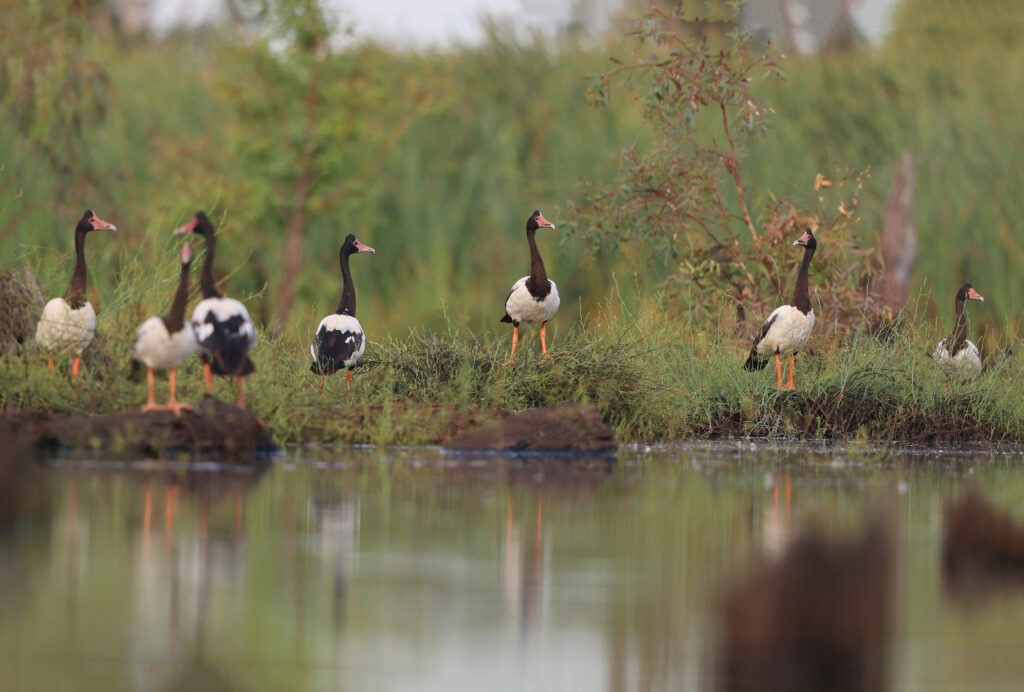
A smaller flock of Magpie Geese arrived at Wirra-lo Wetlands during the peak of the flood in November 2022 and bred in an area of dense Tangled Lignum. The size of this flock also peaked in February 2023 at 20 birds, which included 7 unfledged young. These birds seem to have settled in at Wirra-lo and are still present there.
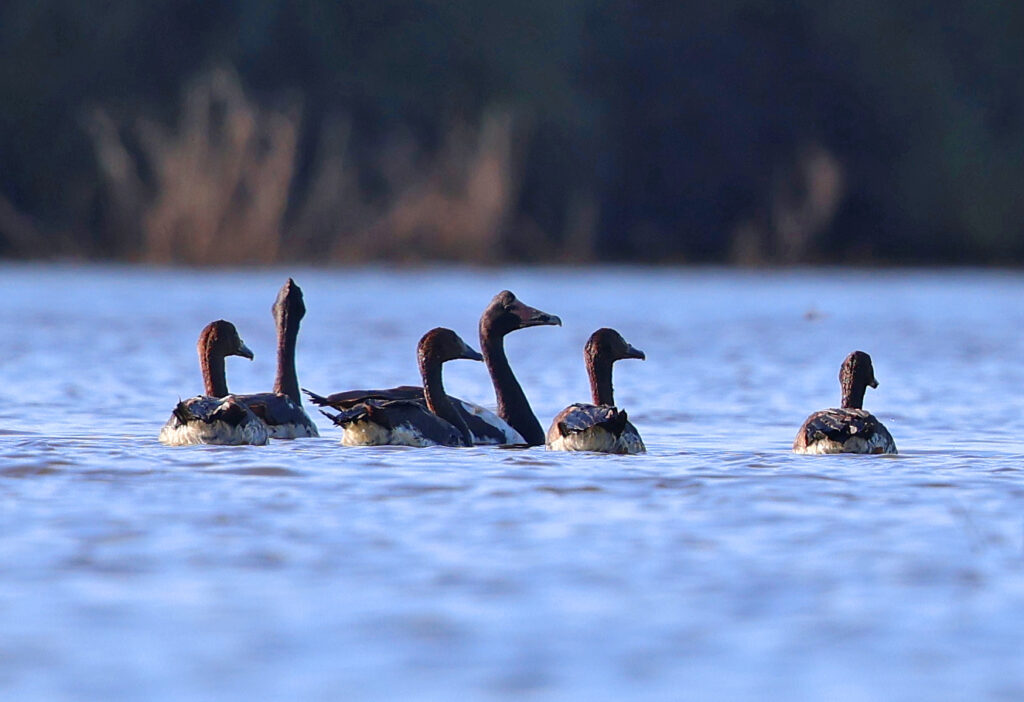
Small flocks of Magpie Geese have even been observed in the suburbs of Melbourne, showing up for the first time in a restored wetland habitat in Brighton in early March 2023.
The return of the Magpie Geese is not just a victory for this species, but for the entire wetland ecosystems they occur in. Wetlands are critical habitats that provide important ecological and economic benefits, including regulating water flow and quality, reducing the severity of flooding, and providing habitat for a wide variety of plants and animals.
Hear Damien, Director at Wetland Revival Trust, talking to Johnathon Kendall on Mornings on ABC Radio Victoria about the return of Magpie Geese to Northern Victoria earlier this week.
Hear Damien, Director at Wetland Revival Trust, talking to Johnathon Kendall on Mornings on ABC Radio Victoria about the return of Magpie Geese to Northern Victoria:
The purchase of Wirra-lo for conservation was supported by the Victorian Government through the Nature Fund, along with generous donations from the Purryburry Trust, The Whittingham’s, the Indigenous Flora and Fauna Association (IFFA), the Capricorn Foundation, hundreds of generous supporters, and former owners Ken and Jill Hooper.

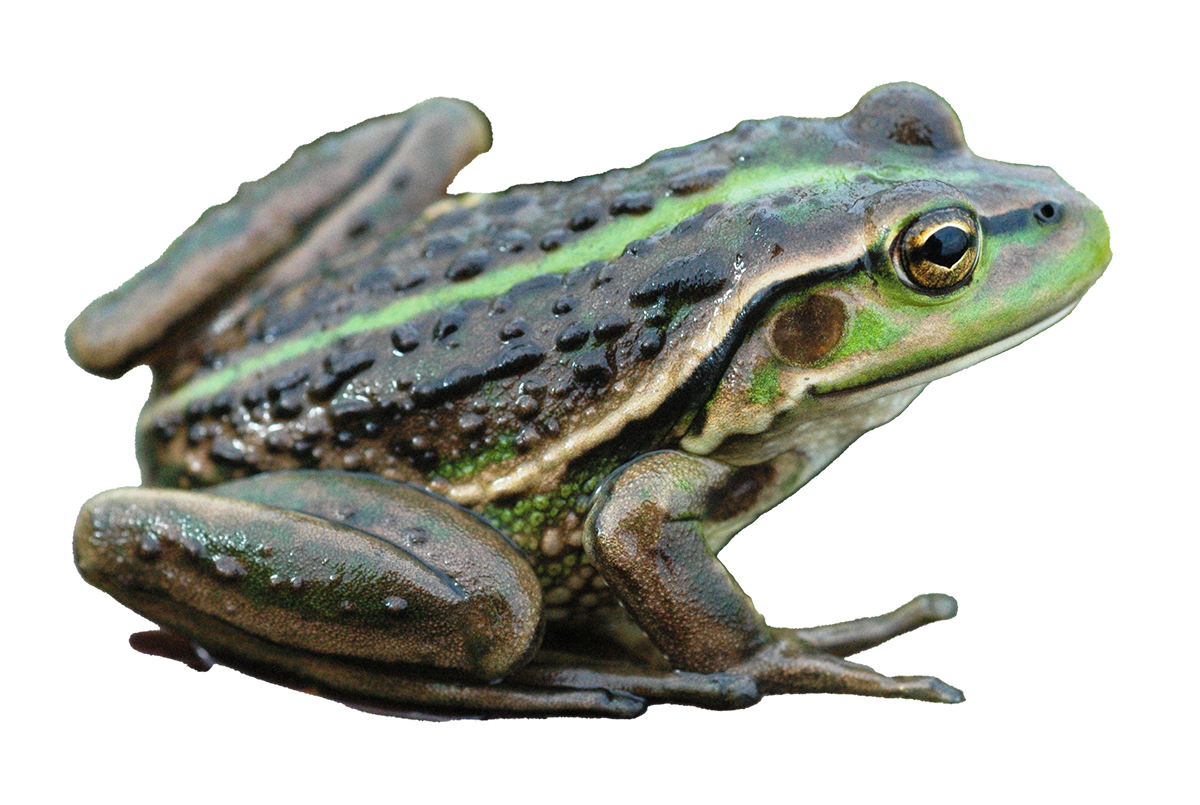
Help us protect Wetlands in the Murray-Darling Basin
Donate now to help us protect and repair precious wetlands in the Murray-Darling Basin.
Donations over $2 are tax deductible as Wetland Revival Trust is a registered Deductible Gift Recipient (DGR).

By supporting organizations like the Wetland Revival Trust, you can help to ensure that wetland restoration efforts continue and that critical habitats like the ones that the Magpie Geese depend on are restored and protected for future generations. Your donation can help to fund wetland purchase and restoration activities such as removing invasive plant species, re- establishing native vegetation, and providing infrastructure to manage the flow of environmental water. To find out more go to wetlandrevivaltrust.org/wirra-lo-wetlands/.
Please consider donating to the Wetland Revival Trust today and help to support this critical work.
